7 Groceries About to Get More Expensive Thanks to China Tariffs

President Trump's tariffs on Mexico and Canada are on pause for a month, but China is still being hit with a 10% tariff, which could impact the prices and availability of certain grocery items in the U.S. "We tend to think a lot about merchandise goods as being automotive goods, furniture goods and these types of heavy equipment goods. But we should not forget that we also do a lot of trade on the agricultural front," EY Chief Economist Gregory Daco tells NBC News. "So we could see upward pressure for meat prices, upward pressure for dairy prices. Those are the types of categories that directly hit consumers wallets." So where should U.S. shoppers expect to see price hikes? Here are seven groceries that could become more expensive as the China tariffs go into effect.
Frozen Shrimp
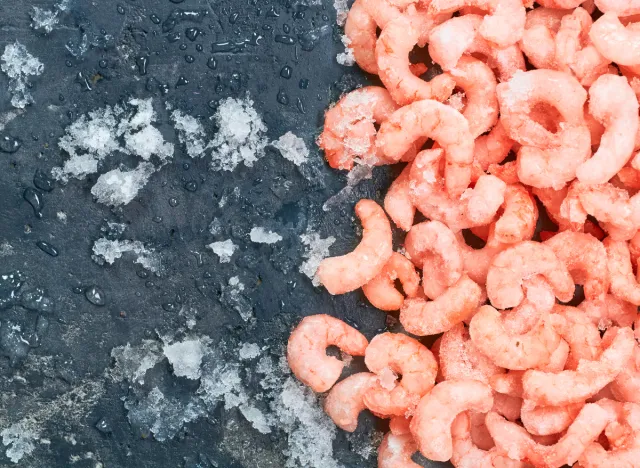
China has a significant frozen shellfish export business, which means your shrimp could become more expensive soon. "In 2023, Japan remained the PRC's largest seafood product export destination, followed by the United States and South Korea," says the USDA, which notes that China exported 436,300 MMT (million metric tons) of crustaceans in 2024.
Salmon and Mackerel
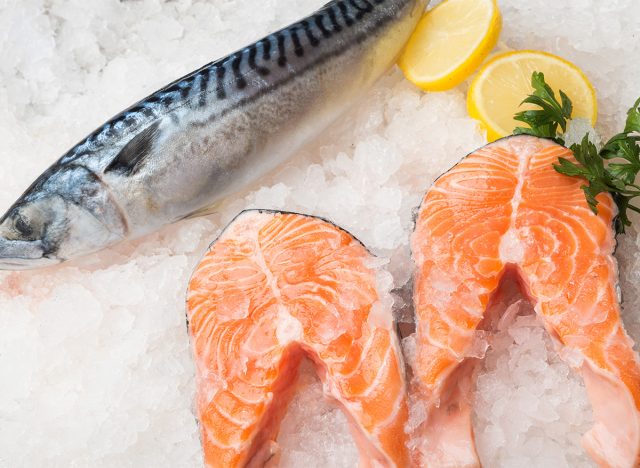
Atlantic salmon and mackerel are often transported to China for processing. "China remained the world's largest seafood producer in 2023, with official production estimated at 71 million metric tons (MMT), up 3.5 percent from 2022," says the USDA. The country exported 947,614 MMT of prepared or packaged fish and caviar in 2024.
Garlic
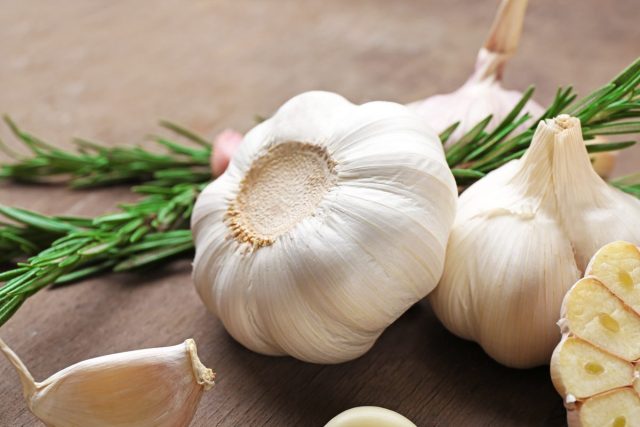
China is the world's largest exporter of fresh and chilled garlic, so if you use a lot of garlic and garlic seasoning in your cooking, you might see a hike in prices. The U.S. imported $124.03 million worth of garlic from China in 2023, up 51%, according to The Packer. "Compared with 2010 import levels, 2024 trade numbers show that China remains the largest exporter, but with fluctuations and growth from other global suppliers."
Apple Juice Concentrate

China is the world's largest exporter of apple juice concentrate, with two thirds of the apple juice supply in the U.S. coming from China, according to Farm Progress. "China's prominent role in apple juice trade is remarkable, considering that its juice industry barely existed until the early 1990s," says the USDA. "The industry emerged after market reforms in the 1980s encouraged Chinese farmers to diversify their incomes by planting apples and other horticultural crops… The industry relied on exports for over 90 percent of its sales since apple juice is not traditionally part of the Chinese diet. The United States is the largest market."
Frozen Tilapia
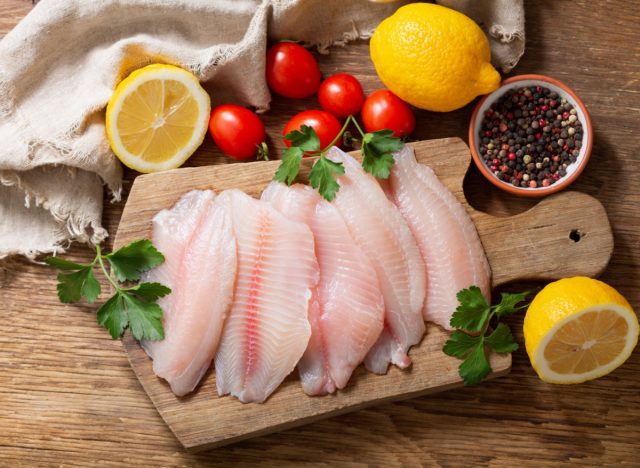
China's frozen fish exports may impact many U.S. companies that use the fish to make their own processed fish products, especially tilapia, of which China is the world's biggest producer. China exported 889,904 MMT of frozen fish in 2024, so expect those frozen fish sticks to suddenly go up in price.
Toys and Games

Toys at your grocery store could go up in price as 80% of U.S. toys are made in China. "China is by far the world's largest toy exporter. In 2023, China exported more than 88 billion U.S. dollars worth of toys, games, and sports requisites, eclipsing the United States in second place with around 7.6 billion dollars in exports," according to Statista. "That year, the United States was China's largest toy export destination, taking up around a quarter of China's total toy exports. Additionally, a large share of toys exported from China was also shipped to Western Europe and other East Asian countries."
Spices
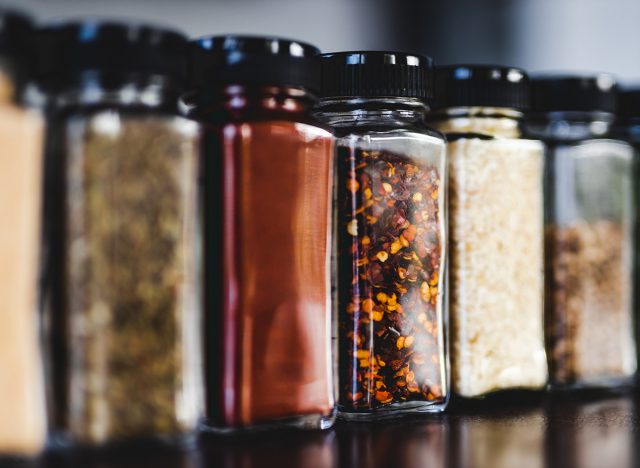
Spices are already expensive but prices could soon become even more steep: China is the second largest exporter of spices such as ginger, saffron, turmeric (curcuma), thyme, bay leaves, curry, and more, coming second only to India in spice production. "The main destination of spices exports from China are: Japan ($74.5M), United States ($62.5M), Netherlands ($50M), Malaysia ($44.4M), and United Arab Emirates ($30M)," says OEC.









